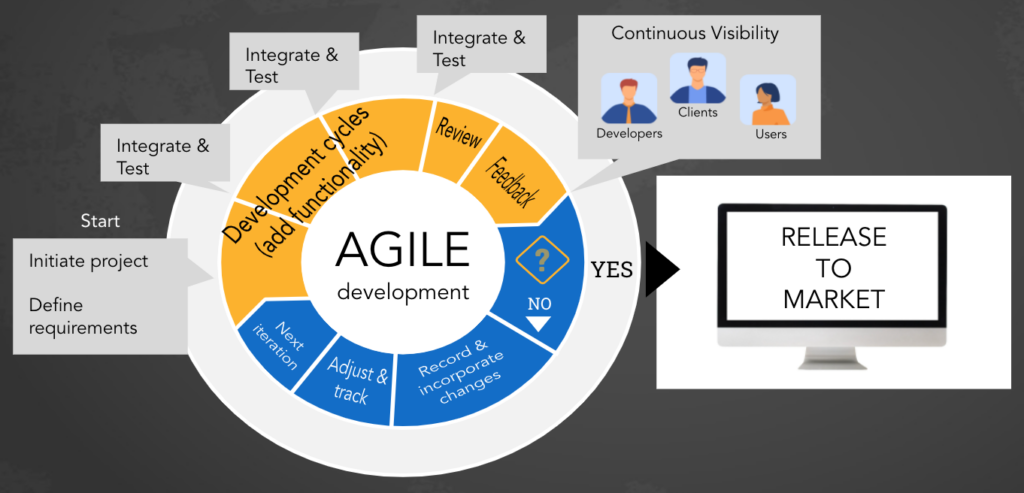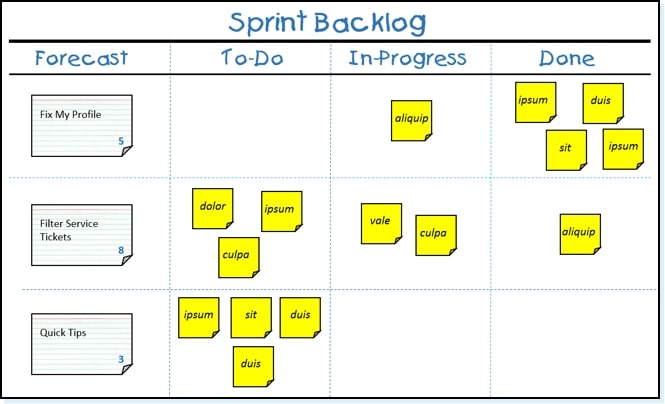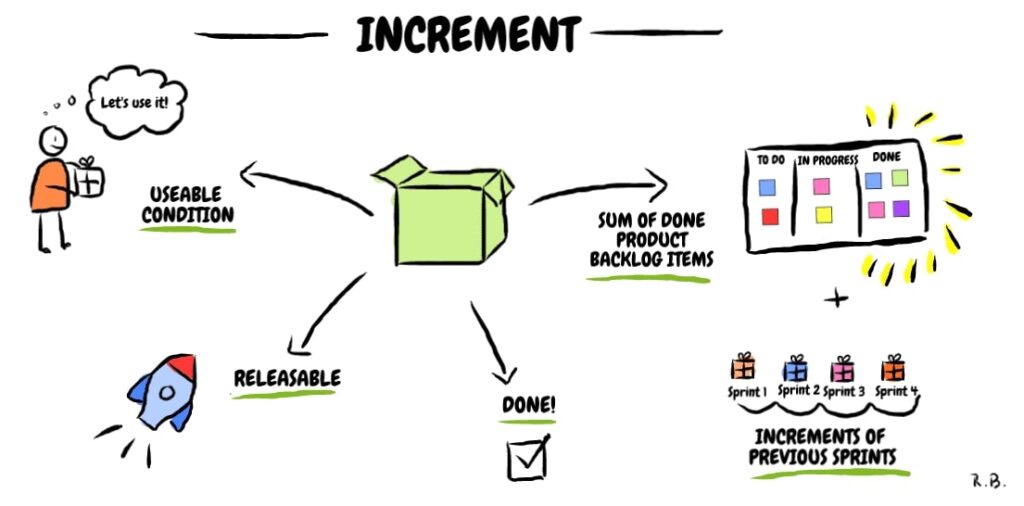Want to know what are the Agile Scrum artifacts that teams use to stay on top of all things Scrum?
Then you’ve come to the right place.
Scrum artifacts help track the Scrum team’s progress in any given scrum project. The three main Scrum artifacts are the sprint backlog, product backlog, and product increment.
That said, apart from the main artifacts, there are a series of extra ones that Agile teams include to complement their efforts at complying with the Scrum process framework. These artifacts help Scrum teams maintain coordination and collaboration, allowing them to be on the same page. Each Scrum team member needs to know about and understand each agile Scrum artifact.
In this article, we break down the three main agile Scrum artifacts and also go over the four additional Scrum artifacts that teams employ to facilitate the Scrum process.
To learn more via video, watch below. Otherwise, skip ahead.
What are the Three Main Scrum Artifacts?
The success of the Scrum process relies on every team member’s ability to practice proper organizational practices within the Scrum team.
Maintaining a high level of self-organization requires excellent collaboration, communication, and a shared understanding of the project.
Scrum artifacts help achieve that by allowing Scrum teams to work toward their sprint goal. The artifacts provide and capture key information at each sprint checkpoint to ensure everything remains on track.

The primary three Scrum artifacts reveal specific information that is pertinent to team members:
- Sprint Backlog – This tells you what the team has to work on during the current sprint and their method of achieving it.
- Product Backlog – Provides details on the upcoming sprint and its agenda.
- Product Increment – Helps understand the final result of a Scrum sprint and how to identify it.
Each Scrum artifact provides a visualization of the work and ensures everyone is on the same page. This helps:
- Minimize any unnecessary work-in-progress
- Improve transparency among team members for key information
- Bring about opportunities that help in adaptation and inspection
Let’s look at each scrum artifact in detail.
Sprint Backlog
Everything within a Scrum project breaks down into sprints. To figure out what to work on first and prioritize tasks, the development team checks the sprint backlog.

Credits: Scrum.org
The sprint backlog has all the tasks the Scrum team needs to complete in a particular sprint.
For example, if a product backlog has new user stories in it, sprint backlogs determine the user stories that must appear in each sprint.
To maintain the sprint progress and project progress, the development team negotiates with the Scrum Master and product owner before making changes.
The sprint planning meeting includes Scrum Masters and product owners because they facilitate the process.
In the same way, the development team helps in the Scrum planning phase.
In any case, the Scrum team works together to break down the tasks in the product backlog, making actionable sprint items. The team decides how to move forward with each task and maintain future releases.
Each sprint goal helps achieve an important milestone, such as meeting the quality criteria or customer deliverables.
Product Backlog
The product backlog is a list of all the tasks that help bring change to the product. The changes cover anything from general maintenance to technical work, fixes, features addition, and more.
For example, in software development, most tasks are coding-related.
The product backlog items complete the need for the constant change users ask for. For Scrum teams, it’s crucial to have product backlog refinement sessions.
Team members discuss the backlog in the daily Scrum meeting and set the agenda for future sprints.
The product backlog also includes additional factors that affect Agile development such as:
- Market demands
- General business analysis
- Competitor analysis
- Customer support items
As new information becomes available, Scrum teams need to make changes to the backlog.
The product owner decides how to make relevant changes according to business objectives along with the development teams while the Scrum master facilitates the process.
Product Increment
According to most people, the most important Scrum artifact is product increment. That’s because it’s the output of each sprint and provides a releasable version of the product.

Credits: Let’s Scrum It
The product increment is releasable without further testing or development.
It’s crucial to deliver a product increment at the end of each sprint to meet the Definition of Done.
The product increment constitutes the complete set of customer deliverables. There is one increment per sprint while the complete product backlog seeks to build toward that increment.
At times, teams do backlog grooming to make sure they release a product increment in the sprint.
The team plans for it through a sprint review to get a shared understanding of where they stand on the project.
Since the product increments are additive, the team builds upon previous iterations of their product.
That means all these elements and changes help improve the product to meet user needs.
Additional Scrum Artifacts
The main Scrum artifacts help maintain smooth operations and foster collaboration.
However, there are other Scrum artifacts that each Scrum team needs to know about to improve efficiency, especially if you’re working with remote teams.
Definition of Done (DOD)
Each Scrum team’s definition of done is different and it depends on how they document and share their progress with internal stakeholders.
The definition of done constitutes that all aspects and tasks of a sprint backlog are complete. This is important because it defines what your product increment looks like at the end of a sprint.
Similar to product increments, the definition of done also involves multiple iterations, depending on the course of the project and the total number of backlog items completed.
Sprint Burndown Chart
Also known as the release burndown chart, sprint burndown charts show the remaining work in a Scrum sprint.
It’s a way of seeing whether everything is going according to plan. The tasks review helps understand whether you meet your deadlines or not.
The Scrum Master is responsible for burndown tracking and they update the chart at the end of each sprint.
Sprint Plan
Also known as the release plan, the sprint plan outlines the work that needs completion in the upcoming sprint. It helps you determine when the current sprint is bound to finish as well as the overall cost of the product increment. The team creates the plan in the sprint planning meeting. It’s important to provide as many details as possible because your internal stakeholders need to sign off on the sprint plan.
Agile Scrum Artifacts: Key Takeaways
Whether you follow each official Scrum artifact or consider additional project artifacts, it’s crucial to keep them in mind to maintain stable product releases.
Your team needs to create a regular process to discuss artifacts. On top of that, there needs to be a regular team review to determine whether the Scrum process is efficient.
Adhering to the Scrum process helps your teams remain self-organized, and productive, and helps with stable user-centric product releases.
